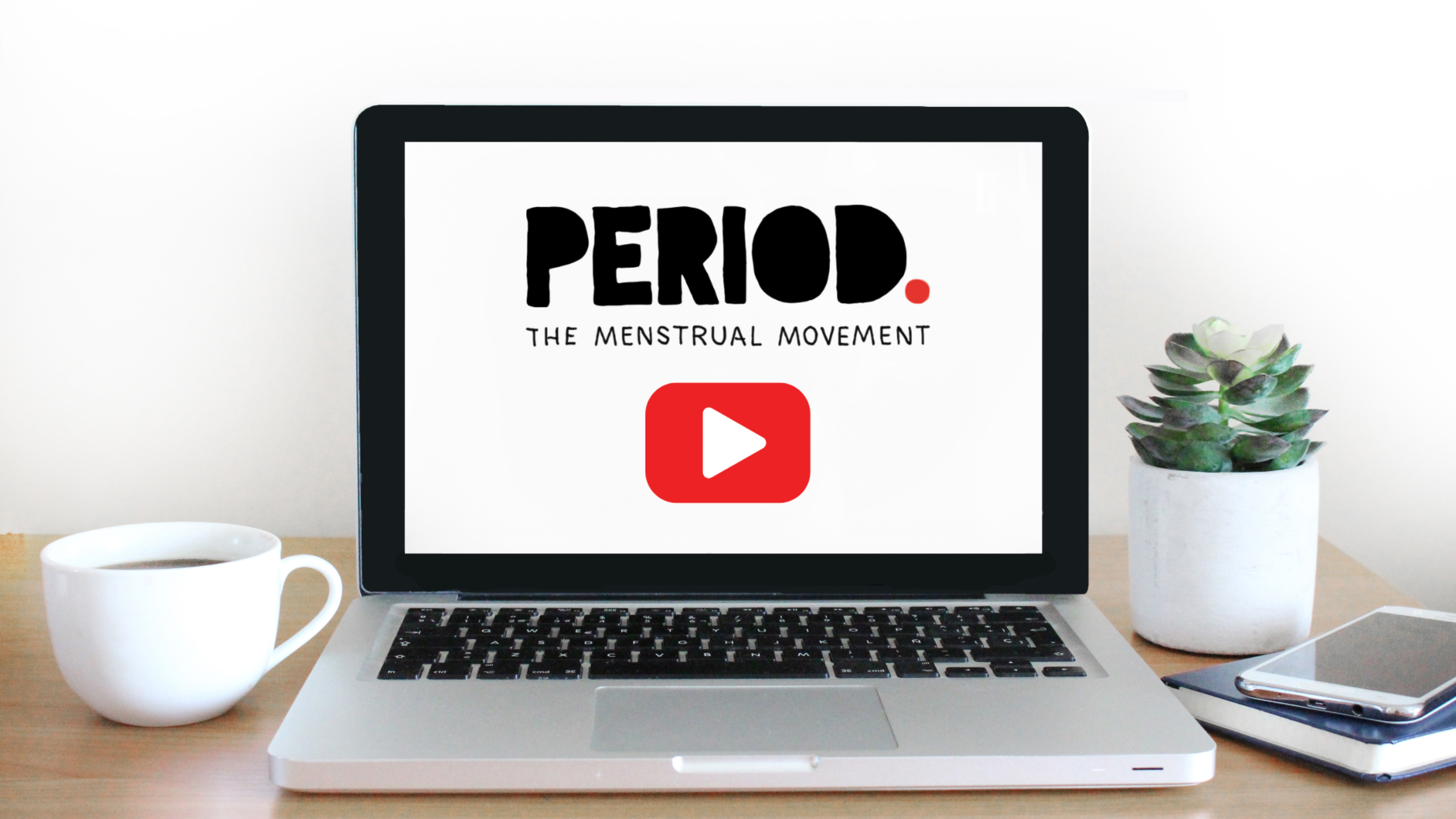Period Poverty
The limited or inadequate access to menstrual products or menstrual health education as a result of financial constraints or negative socio-cultural stigmas associated with menstruation.
State of the Period 2023
The Widespread impact of period poverty on US Students. Commissioned by Thinx & PERIOD. (October 2023)
Nearly 1 in 4 students have struggled to afford period products in the United States.
44% of teens report stress and embarrassment due to a lack of access to period products.
92% of teens agree periods should be recognized as an indicator of good health rather than as something dirty or gross – a 7-point increase from 2021.
78% of teens agree education around menstrual health should be part of the core curriculum, just like math.
NEW - Breaking the Period Product Insecurity Cycle
Women's Health Journal (2024)
This study focuses on the outcomes of providing free period products, led by researchers at the Alliance for Period Supplies and National Diaper Bank Network.
The results include information on households and recipients, period product preferences, annual spending on disposable period products, experiences of period product insecurity including missed days of participation, emotions/stress, and outcomes of having access to period products.
Crampus Campaign Survey Results
This study has been independently designed & conducted without bias by YouGov Surveys were conducted online among a representative sample of Canadians and Americans aged 18+; results have been weighted and are representative of all US and Canadian adults aged 18+.
Over one in three (37%) American adults who menstruate say they or their family have struggled to afford menstrual products. Three in ten Canadian adults who menstruate say they or their family have struggled to afford menstrual products.
Additional Research Studies
Period poverty and its reach across the US
BrookingsNEW:Menarche and Time to Cycle Regularity
Apple Women's Health & HarvardFree Period Products in Schools
Alliance for Period SuppliesThe homeless period: a qualitative evidence synthesis
Taylor & Francis OnlineUsing Models of Menstrual Experience to Increase Impact
Irise InternationalImpact on Low-Income Women
College for Public Health and Social Justice, Saint Louis UniversityThe effects of COVID-19 have made it more difficult for lower income and minority women to afford period products when compared to 2018
U by KotexThe situation for US women post Roe v. Wade
Flo HealthImpact on Mental Health
BMC Women's HealthMenstruation and Menopause at Work
Women's Bureau: U.S. Department of Labor